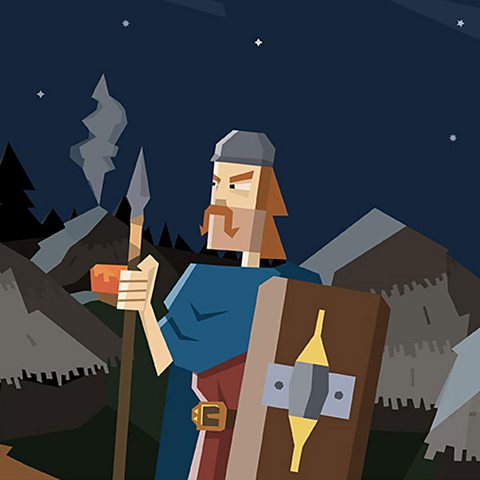The Middle Stone Age
The Stone Age in Britain took place between around 15000BC to 2500BC.
The Middle Stone Age is also known as the Mesolithic period.
Humans were hunter-gatherers and had to catch or find everything they ate.
They moved from place to place in search of food. This is called a nomadic lifestyle.
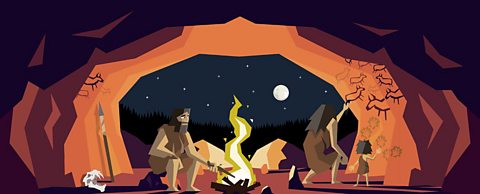
How did Stone Age people find food?
- Early Stone Age people hunted with sharpened sticks.
- Later, they used bows and arrows and spears tipped with flint or bone.
- People gathered nuts and fruits and dug up roots.
- They went fishing using nets and harpoons.
- Stone Age people cut up their food with sharpened stones and cooked it on a fire.
Watch: How did Stone Age people make tools?
Raksha Dave finds out how our ancient ancestors made tools and weapons from flint.
Some prehistoric animals
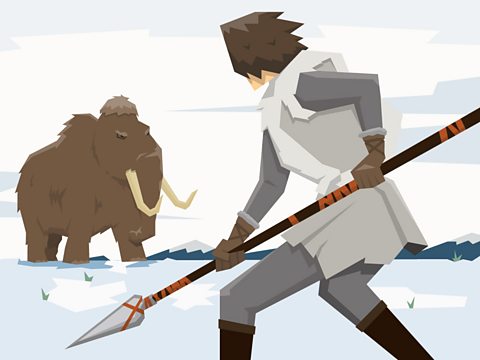
Climate change caused two ice ages.
During the Ice Ages, Britain was covered by ice and snow. There were herds of:
- mammoths
- reindeer
- woolly rhinoceroses
In the warm periods between the Ice Ages, Britain became as hot as Africa is today! There were:
- elephants
- hippos
- rhinos
- hyenas
The last Ice Age ended around 15,000 years ago and the British climate became very similar to how it is today. The forests were full of:
- foxes
- red squirrels
- wolves
Britain was home to most of the species of birds, fish and shellfish we have today, so people had a wide range of food to eat.

Stone Age art
- Stone Age Britons made necklaces and bracelets from tusks, bones and shells.
- They drew patterns on their bodies, using a kind of paint made from ochre (a type of red clay).
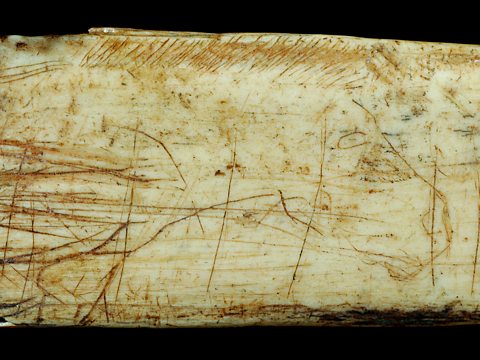
Evidence from elsewhere in Europe shows that people living in caves decorated their walls with pictures of animals. Carvings found on cave walls show:
- giant bulls
- stags
- horses
- bison
- birds
Watch: What was a family like in Mesolithic Britain?
This video from 91»»±¨ Teach uses archaeological evidence that has been found to imagine what the lives of people could have been like.
An introduction to the precarious nature of life in Mesolithic Britain through the eyes of a typical family.
Activities
Activity 1: Explore Stone Age cave art
Explore this picture to find out about Grey Otter, an imaginary Stone Age boy. Details about his way of life are based on evidence found at a camp in Star Carr in Yorkshire.
Activity 2: Explore footprints, bones and tools
Explore the image below to find out what footprints, bones and tools can tell us about prehistoric people.
Bitesize Primary games. gameBitesize Primary games
Play fun and educational primary games in science, maths, English, history, geography, art, computing and modern languages.

More on Prehistoric
Find out more by working through a topic
- count14 of 21
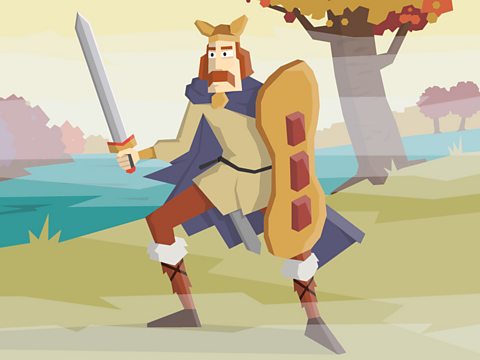
- count15 of 21
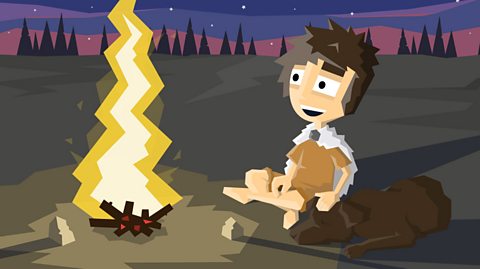
- count16 of 21
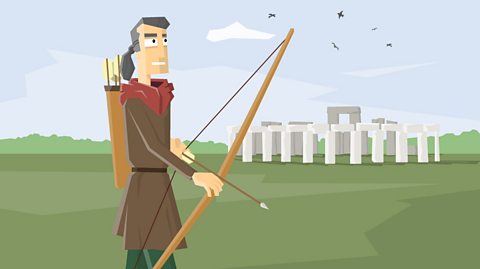
- count17 of 21
